Moz is planning to implement New Domain Authority 2.0 on March 5, 2019
Mozannounced the new version upgrade to its Domain Authority metric and its implementation is planned in next month (5 March 2019). This Domain Authority is designed and developed to provide the predictive rank score for your domain. It aims to analyze your site-domain and on the basis of that, it will provide you with a score within 0-100. Higher the score you achieve, higher your chances to rank on search engine results’ page (SERPs).
DA scores are based on the domain’s internal links and backlinks. And, it is easier to jump from 25 to 40 rather than 75 to 80 because the logarithmic scale is used.
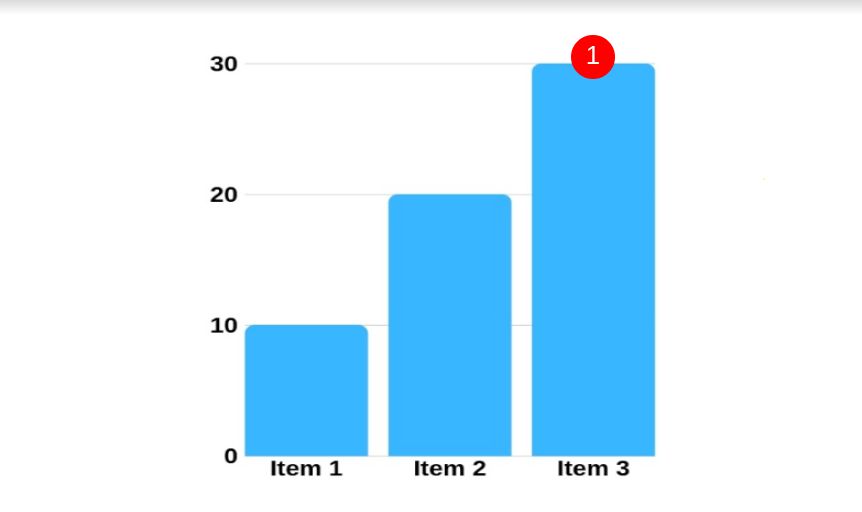
Fig: Domain Authority Score – visualized
The New Changes:
- Accurate. The new Domain Authority (DA 2.0) will be the most accurate way to compare your site’s ranking potential against your competition.
- Decision-Making Power. Now, you have the power to keep pace with Google’s algorithm updates and make better decisions for marketing.
- New Metrics & Model. Better opportunities to score rank now with link counts and metrics like Spam Score and Link Quality Patterns segmented into a skeptical machine-learned model.
- Training Algorithm. Shift to the neural network model from the linear complex model to enhance the captive power to determine link manipulation.
- Resolute. The new DA holds a strong back by tools advanced for link searches. This will enhance the keyword search and the results will be more trustworthy.
How it Works:
For calculating DA, Moz takes in your link data (backlinks or inbound links) and feeds that into a machine-learned model. For new DA to be successful, Moz has worked really hard on to improve the quantity as well as the quality of their link index and their ability to create signals from data is more relevant now.
Therefore, DA scores are now closely inclined with search engine results’ order of arrangement.
Hence, these upgradations will now provide better and smarter decision making powers for the sites you work on.
The Do’s for the new DA:
- You should use DA as a comparative standard between sites of a similar category, or industry.

Fig: (source) The comparative standard
- Observe how your competitors’ DA scores fluctuated in terms with the updates.
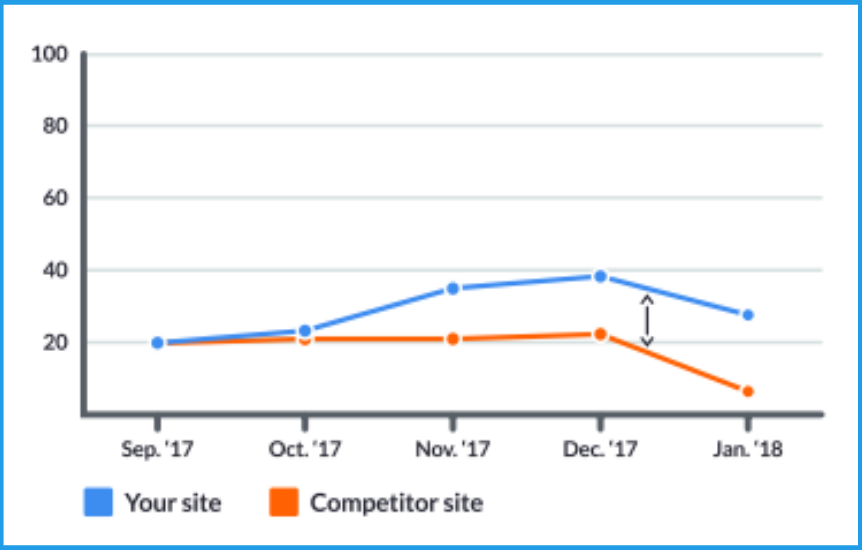
Fig: (source) Observe the difference
- Foresee continuous fluctuations in your DA score, as both your site’s link profile and the rest of the web change over time.
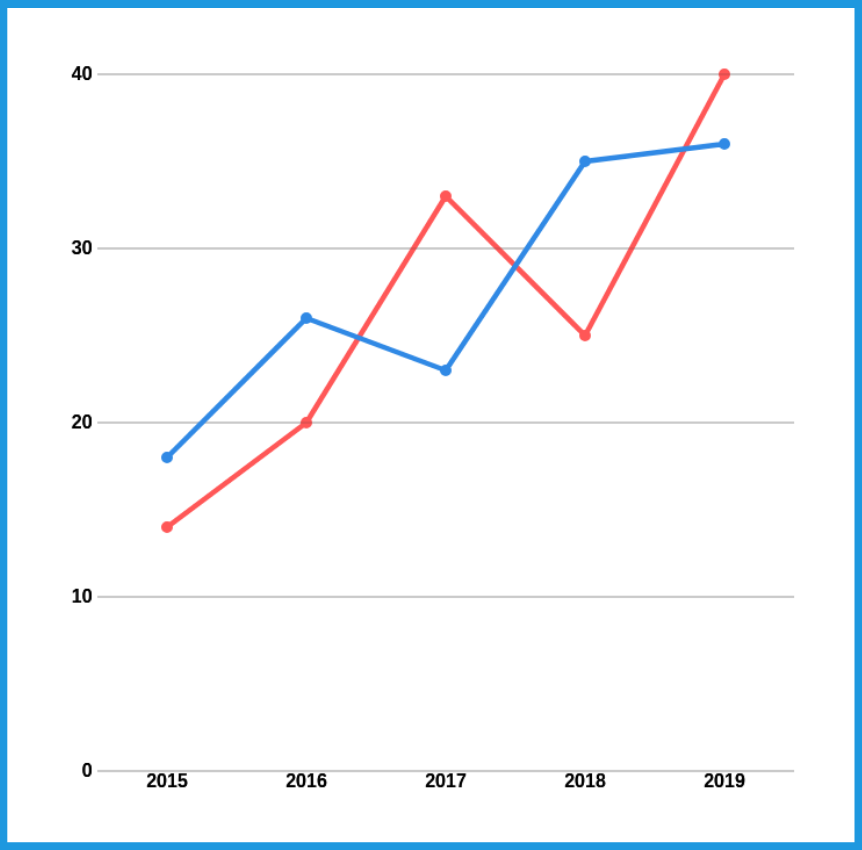
Fig: Monitor the fluctuation in your score and your competitor’s score
The Don’ts for the new DA:
- Don’t look at your site’s DA score in confinement.
- Don’t mistake Moz’s 0–100 scale for grading on a test. You should be aiming for a score higher than your direct competitors rather than aiming for 100 to get an “A”.
- Do not get confused with DA for PageRank, Google’s link-based ranking signal. DA is developed by Moz.
 Fig: (source) Domain Authority is different from Google’s PageRank
Fig: (source) Domain Authority is different from Google’s PageRank
How Will This Affect Marketers? : The Future Scope
-
With the new DA, users can have closer expectations on their sites’ alignment with the search engine results page’s order.
-
This will enable marketers to stay on top of Google’s algorithm updates.
-
DA will give a better chance to make smarter, data-driven SEO decisions.
-
Try to keep in mind that your score may rise high or gets low. But this doesn’t imply your direct results for whatever marketing campaign you were running.
-
Also, never forget to observe your competitors score along with your score. Observe their score too and see how they have fluctuated and by how much(the most important factor).
-
The good part of this update is, it is accompanied by the updated historical data as well. Therefore, the marketers will be able to measure their existing progress too.
Connect with us to grab more information. Leave a comment and we’ll connect with you!


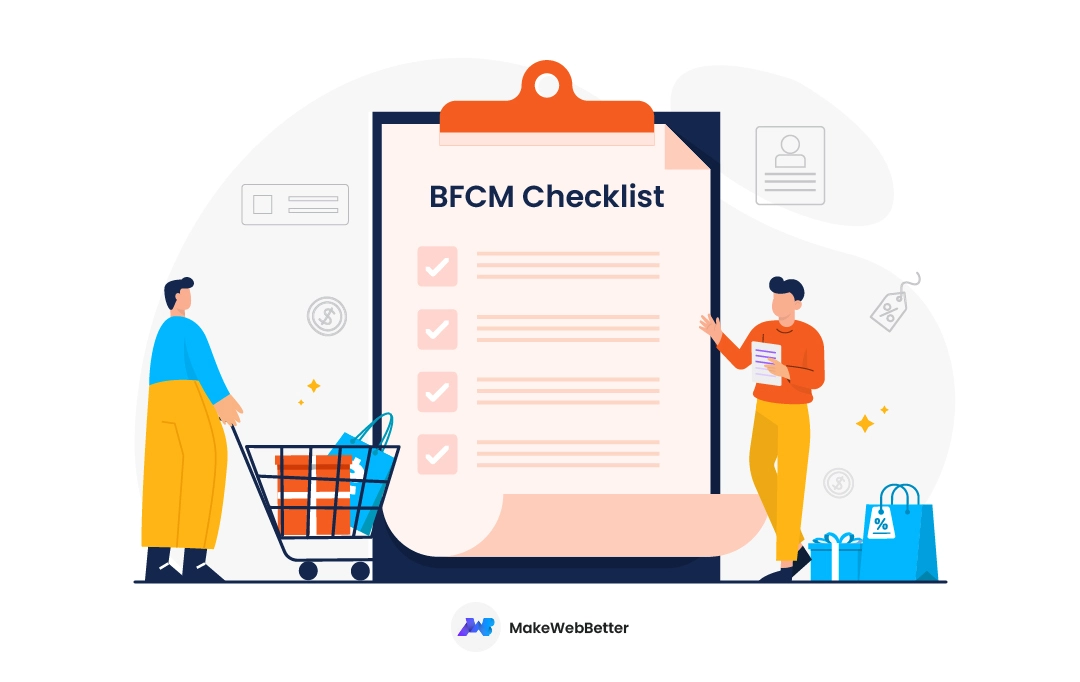
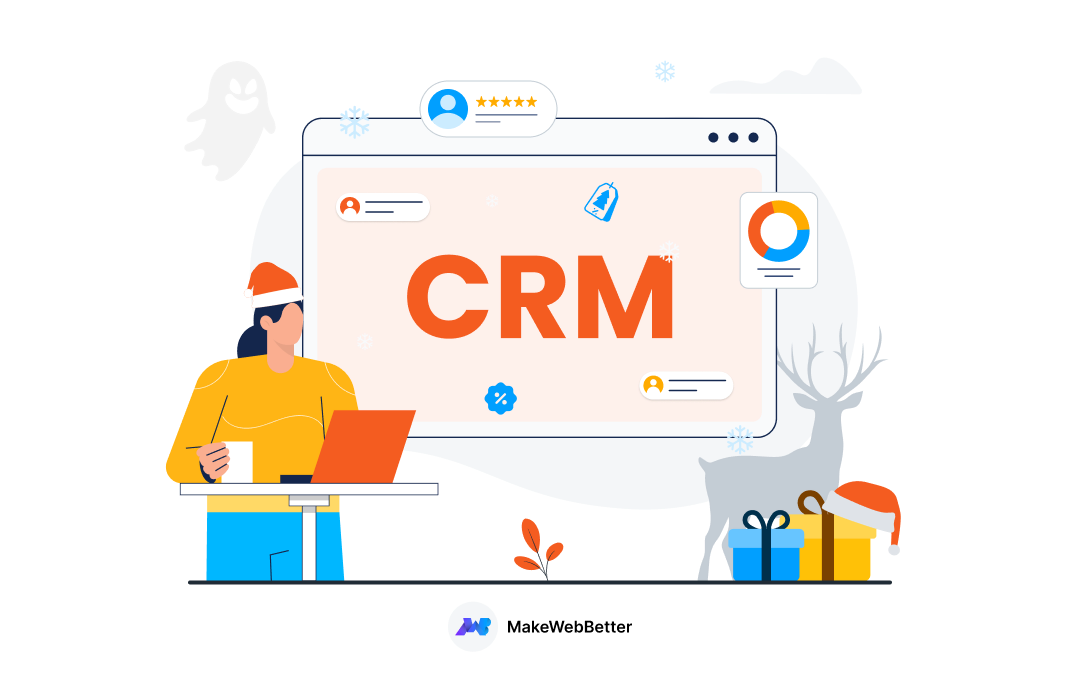
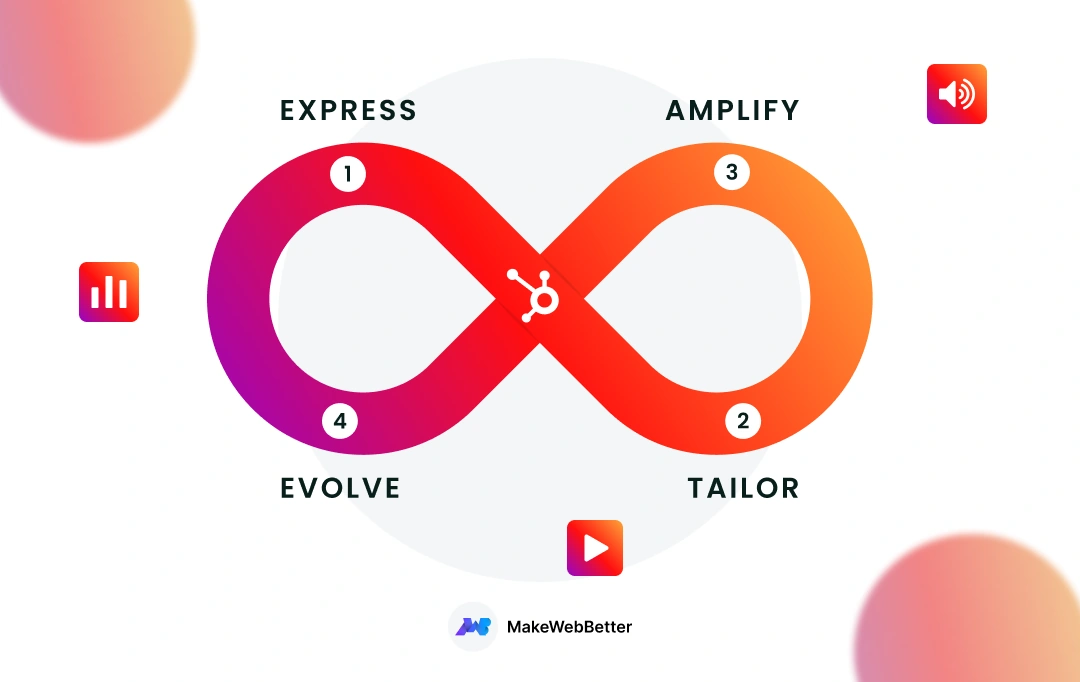






thanks for this post.. my site also faced a drop in DA.. i think its all about content and daily updates..
Thanks, Anirudh for appreciations.
Well, DA updates were in accordance with the daily updates and to learn more you can check out our next blog in series considering the impacts of this new implementation and our blogs on Google updates.
Stay Tuned In!